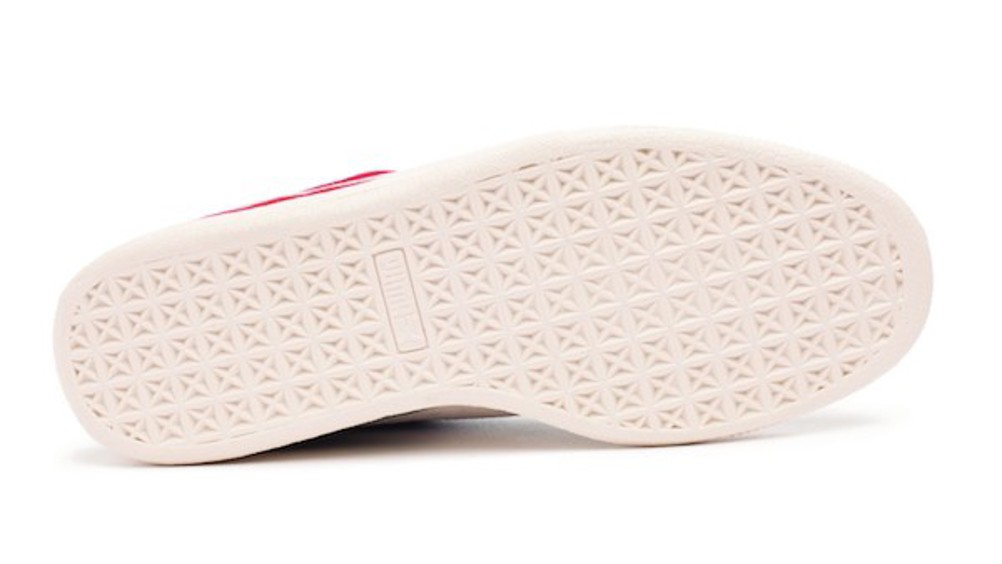Taking steps to power wearable tech
Two shoe-worn devices have shown promise in harnessing power from a person’s walking gait in order to provide power to next-generation, wearable electronics.

The first, dubbed shock harvester, generates power when the heel of a shoe strikes the ground whilst the so-called swing harvester generates power when the foot is swinging. Details of both are published today in Smart Materials and Structures.
Lead author Klevis Ylli, from the Hahn-Schickard-Gesellschaft Institute for Micromachining and Information Technology, told The Engineer that shock harvester was developed as part of the EU project 9DSense, which aimed to enhance the battery life of an indoor navigation system (INS).
‘The INS uses a three-axis accelerometer, gyroscope and magnetic field sensor,’ Ylli said via email. ‘Specific algorithms calculate the path the user has travelled from this sensor data. Rescue units could, for example, track their motion within a building they don’t know on their handheld devices.’
He added that the swing harvester has been developed to power a self-lacing shoe with one possible user group being found amongst the elderly.
Register now to continue reading
Thanks for visiting The Engineer. You’ve now reached your monthly limit of news stories. Register for free to unlock unlimited access to all of our news coverage, as well as premium content including opinion, in-depth features and special reports.
Benefits of registering
-
In-depth insights and coverage of key emerging trends
-
Unrestricted access to special reports throughout the year
-
Daily technology news delivered straight to your inbox










Water Sector Talent Exodus Could Cripple The Sector
Maybe if things are essential for the running of a country and we want to pay a fair price we should be running these utilities on a not for profit...